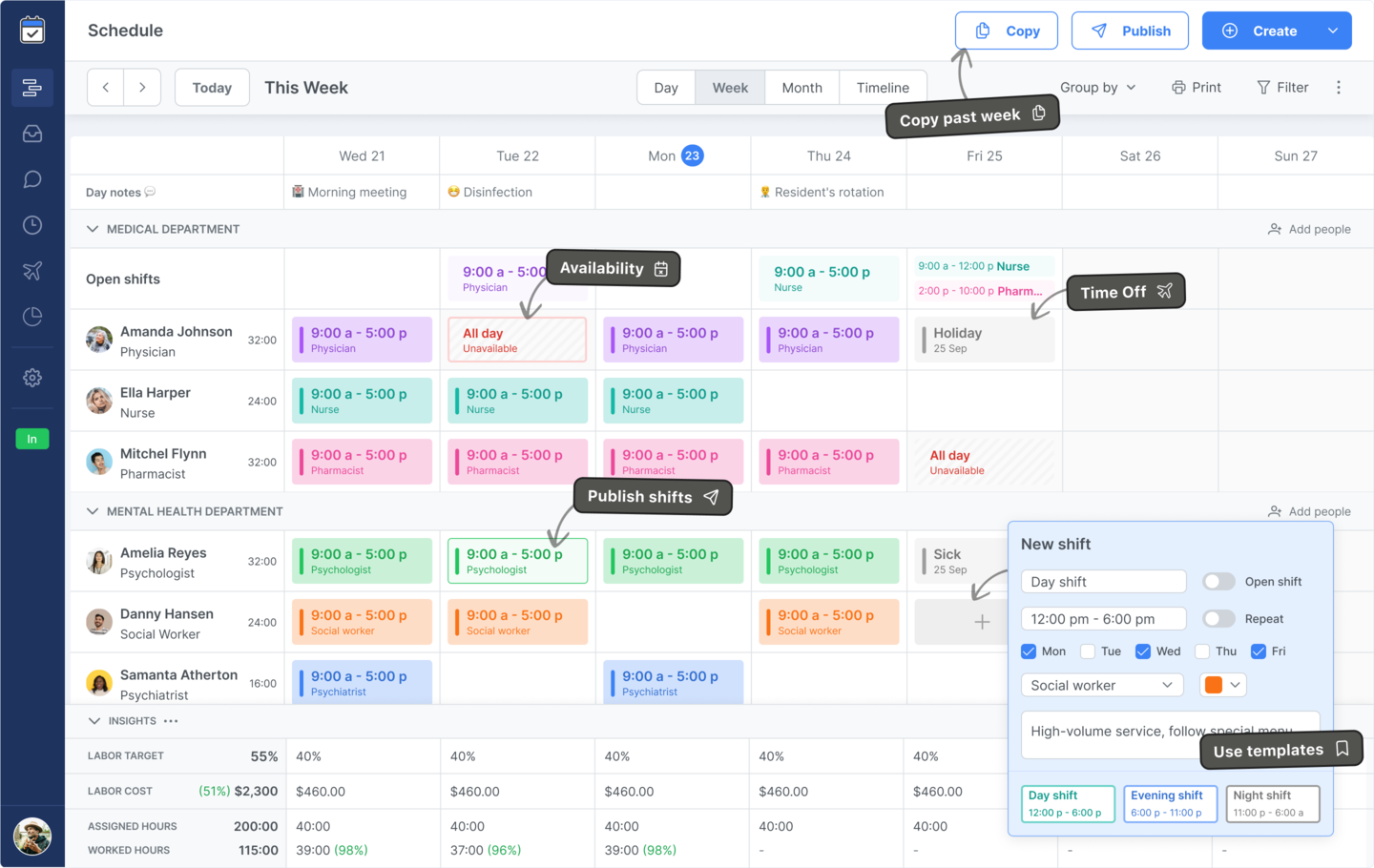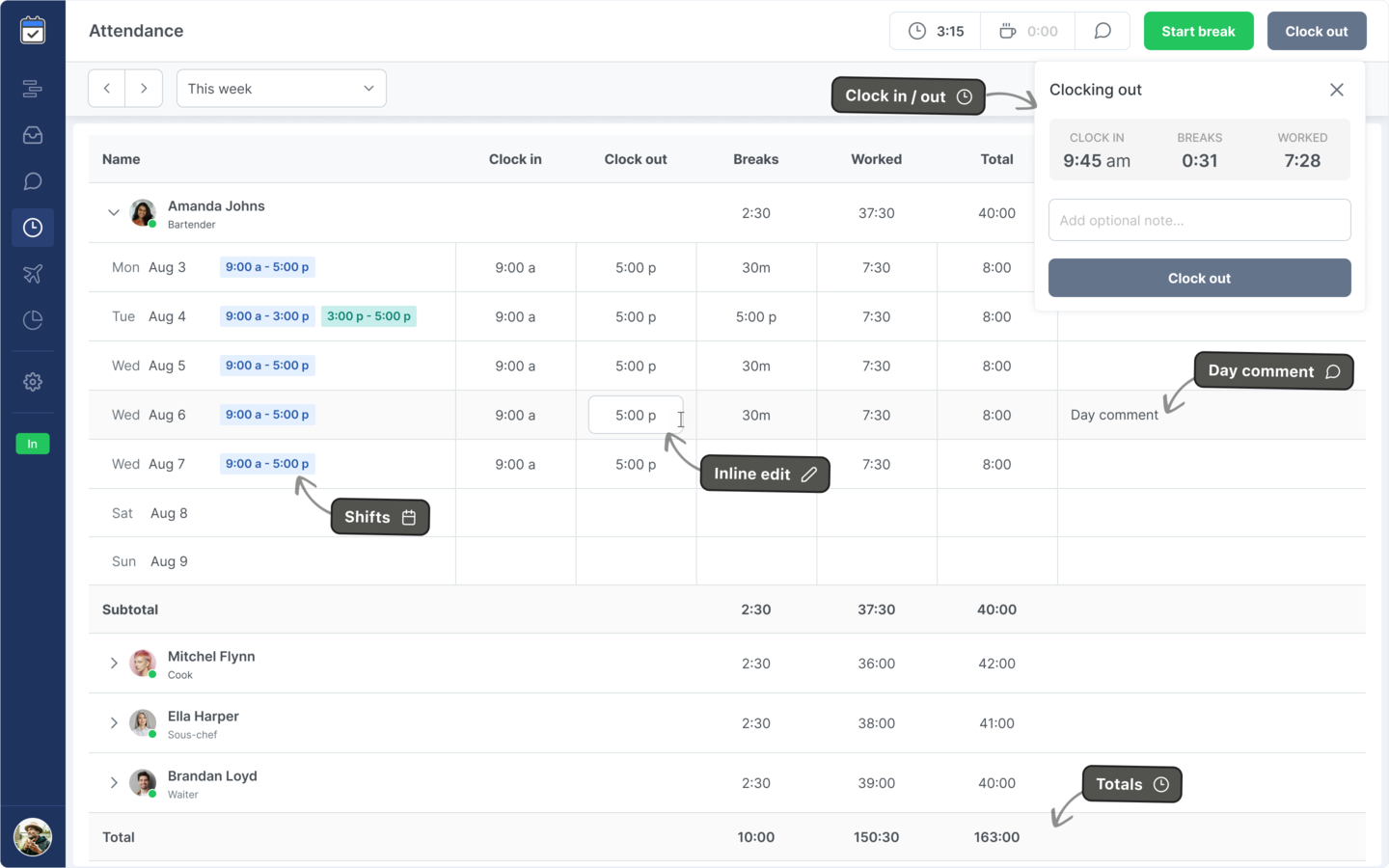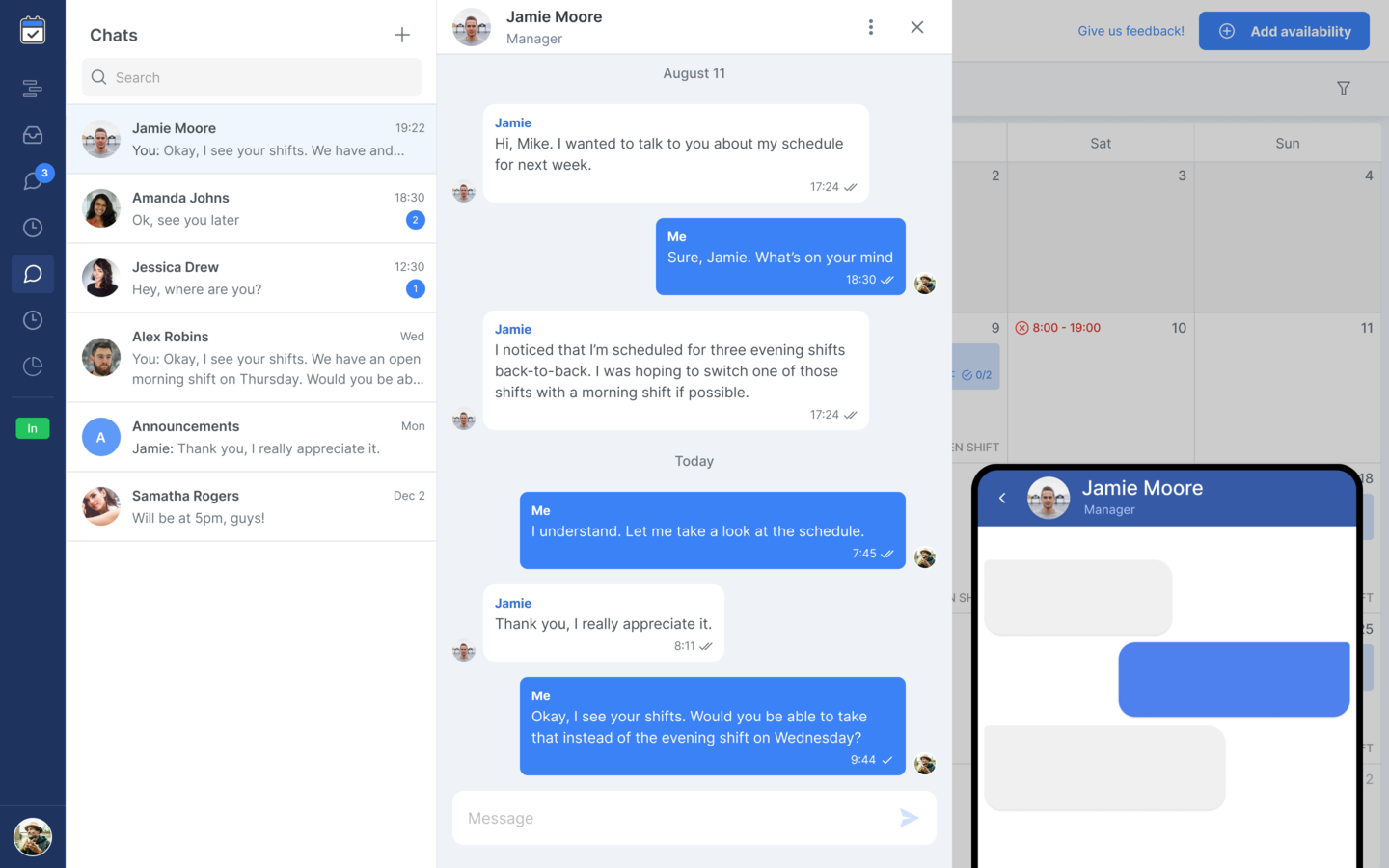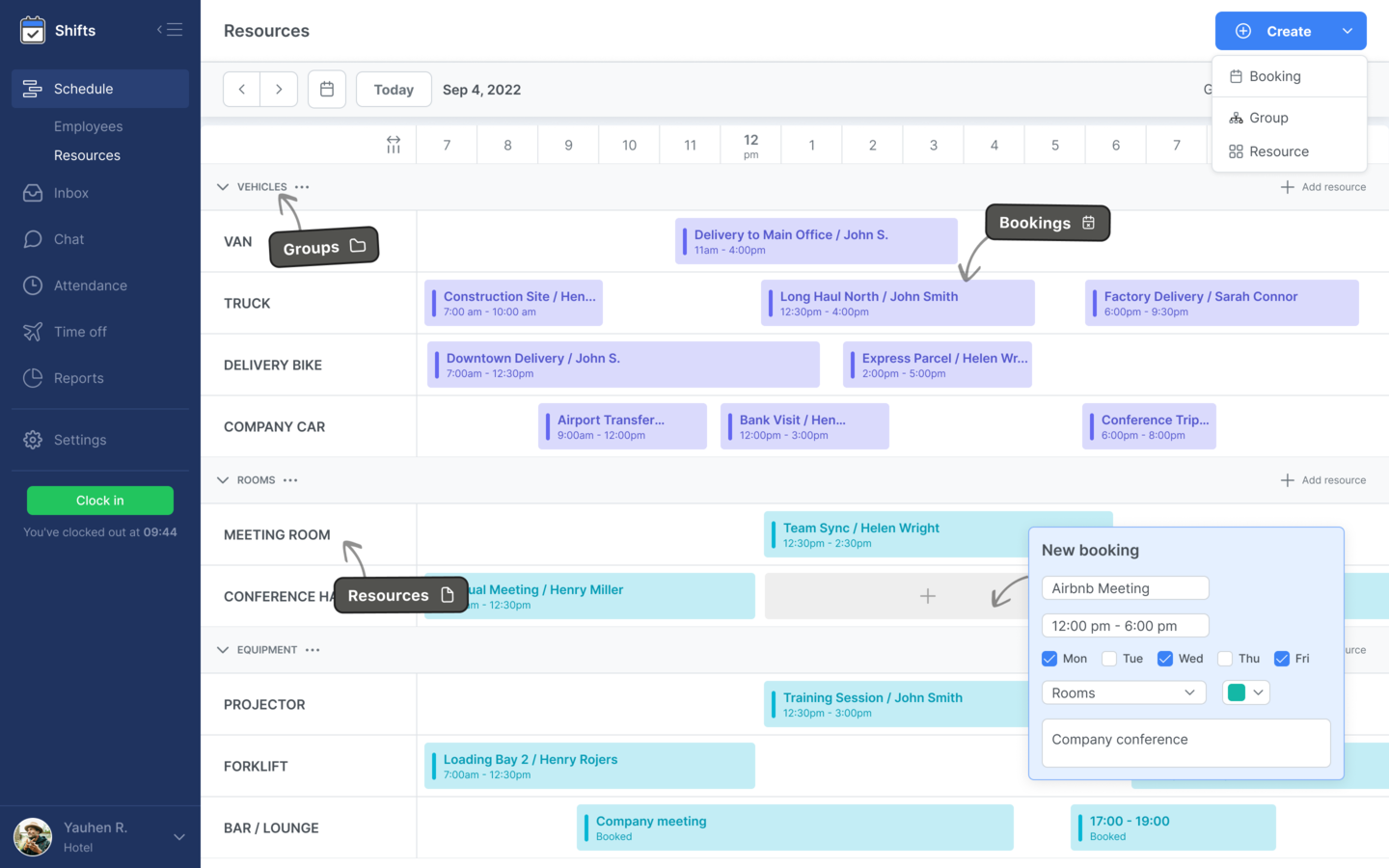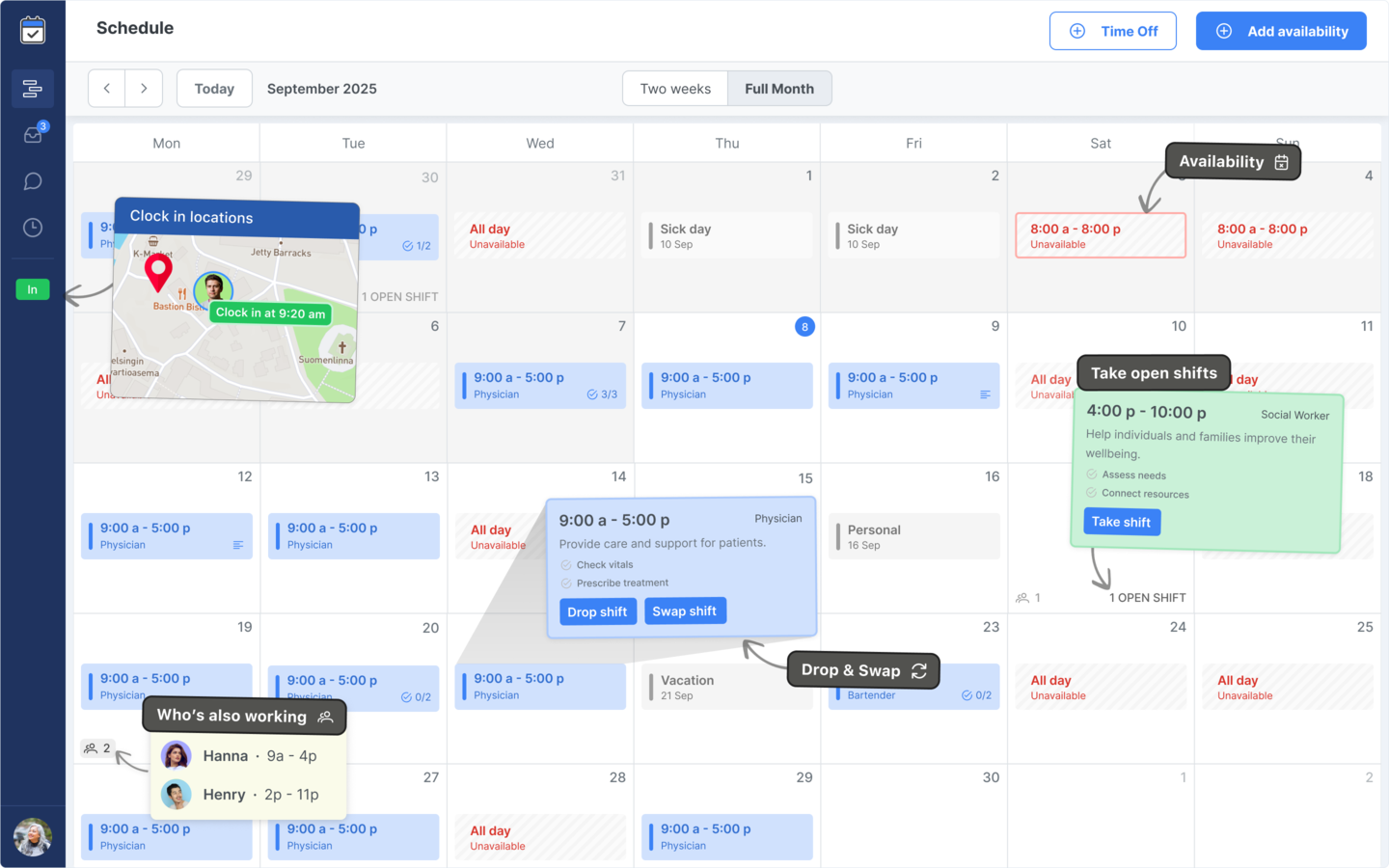An Employee Expense Reimbursement Policy defines which business expenses are eligible for reimbursement, how employees should submit claims, and how approvals and payments are handled. A clear policy prevents confusion, errors, and misuse of company funds.
Whether you’re establishing a new expense process or updating an existing one, this guide explains what to include and provides a free downloadable template you can customize for your company.
Why an Expense Reimbursement Policy matters
A well-written expense policy ensures fairness, transparency, and compliance with accounting and tax regulations. It sets expectations for both employees and managers, reducing disputes and delays in reimbursements.
It also helps control costs by defining allowable expenses, approval hierarchies, and documentation requirements — making reimbursement efficient and consistent.
Key sections to include in your Expense Reimbursement Policy
A complete policy covers eligibility, limits, submission timelines, and payment procedures. Here are the main sections every policy should include:
1. Purpose and Scope. Explain why the policy exists and who it applies to (employees, contractors, executives, etc.).
2. Eligible Expenses. List reimbursable categories such as travel, meals, lodging, office supplies, and client entertainment.
3. Non-Reimbursable Expenses. Clarify which costs are excluded (personal purchases, fines, luxury items, alcohol, etc.).
4. Expense Limits and Approvals. Define maximum limits and required approvals per category or role.
5. Submission and Documentation Requirements. Explain how to file an expense (forms, receipts, digital tools) and submission deadlines.
6. Payment and Processing Timeline. Specify reimbursement frequency, payment methods, and responsible departments.
7. Currency and Exchange Rate Policy. Describe how foreign currency expenses are handled and converted.
8. Policy Violations. Outline consequences for false claims or repeated non-compliance.
9. Contacts and Support. List who to contact for policy questions or clarifications.
How to create your own Expense Reimbursement Policy
Start by identifying common expense types in your organization and aligning them with your budget and accounting rules.
Keep your policy simple and accessible — employees should clearly understand what’s reimbursable and what’s not.
Collaborate with your finance and HR teams to define approval workflows and ensure compliance with tax regulations in your country.
Sample Employee Expense Reimbursement Policy Template
Use the example below as a reference. You can copy and adapt it to fit your company’s needs.
Company Name: __________________________ Policy Title: Employee Expense Reimbursement Policy Effective Date: ________________________ Approved By: ___________________________ PURPOSE The purpose of this policy is to establish consistent procedures for reimbursing employees for approved business-related expenses. The Company will reimburse employees for reasonable and necessary expenses incurred while conducting authorized business activities. SCOPE This policy applies to all full-time, part-time, and temporary employees of [Company Name] who incur business expenses on behalf of the Company. 1. ELIGIBLE EXPENSES • Travel (airfare, ground transportation, mileage, parking, tolls) • Meals and lodging during business travel • Client meetings or business entertainment (pre-approved) • Office supplies and minor equipment purchases • Professional development (training, conferences) 2. NON-REIMBURSABLE EXPENSES • Personal purchases, family expenses, or leisure activities • Alcoholic beverages (unless pre-approved for client events) • Fines, penalties, or traffic violations • Upgraded travel accommodations or luxury items • Lost personal belongings or cash advances 3. EXPENSE SUBMISSION PROCEDURES Employees must submit all reimbursement claims within [X] days of incurring the expense. Each claim must include itemized receipts and a completed reimbursement form or entry in the Company’s expense tracking system. Missing documentation may result in delay or denial of reimbursement. 4. APPROVAL AND PAYMENT Supervisors must review and approve all expense submissions for accuracy and legitimacy. The Finance Department will process approved reimbursements within [X] business days, paid via payroll or direct deposit. 5. CURRENCY AND FOREIGN EXPENSES Reimbursements for expenses made in foreign currency will be calculated using the exchange rate on the date of the transaction or as per company accounting policy. 6. POLICY VIOLATIONS Submitting false, misleading, or duplicate claims is strictly prohibited and may result in disciplinary action, up to termination. Repeated non-compliance may result in loss of reimbursement privileges. ACKNOWLEDGMENT I acknowledge that I have read, understood, and agree to follow the [Company Name] Employee Expense Reimbursement Policy. Employee Name: __________________________ Signature: _______________________________ Date: ____________________________________
Disclaimer
Important: This document is an example of an Employee Expense Reimbursement Policy provided for informational purposes only. You should adapt it to reflect your company’s internal approval process, jurisdiction, and financial regulations.
Everhour and Shifts accept no legal liability for any loss or damages resulting from reliance on this content.
How to implement and communicate your Expense Policy
Introduce the policy during onboarding and make it available on your company’s intranet or HR portal.
Train managers on expense approval workflows and ensure employees know how to submit claims correctly.
Review the policy annually to adjust reimbursement limits and align with tax or labor law changes.
Benefits for your organization
A clear expense reimbursement policy saves time, reduces errors, and ensures fairness in handling employee expenses.
It supports compliance, helps control spending, and prevents misunderstandings that lead to frustration or delayed payments.
With this free template, your organization can streamline expense management and maintain financial transparency.
The bottom line
A transparent Expense Reimbursement Policy builds trust between employees and the company. It sets clear expectations, ensures consistency, and simplifies financial reporting.
Use this template to create a fair and compliant process for managing business expenses.

